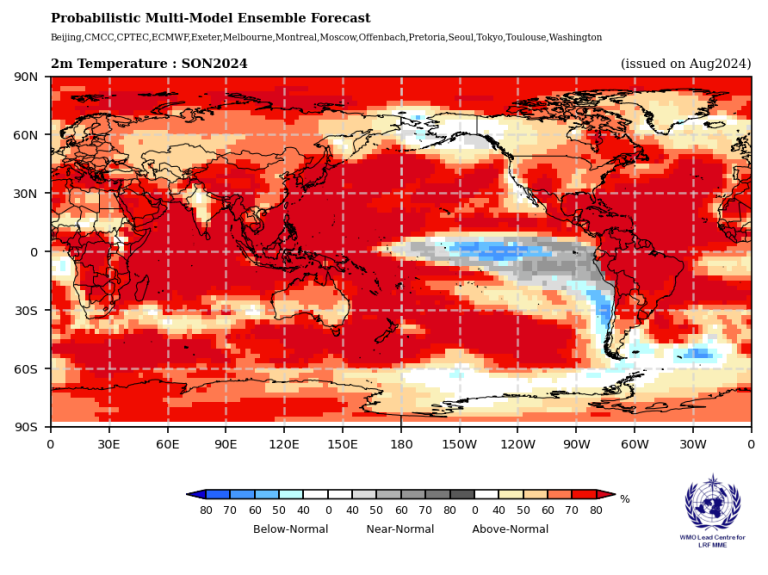There were years when we despaired about the survival of Hawaiian monk seals.
Image: A young seal at Pearl and Hermes Atoll in the Northwestern Hawaiian Islands. Credit: NOAA Fisheries Hawaiian monk seal research program.
Populations were dropping year after year and nothing seemed to be able to turn that around. Take a look at RaisingIslands' 2008 post on the distressing status of seals at that time.
Now, a little hopeful news. It’s a slow process, but there has been a stabilization, and a tiny, steady increase in numbers for about the last 10 years. Over that time, up from just 1,400 to a current population estimated at about 1,600.
That’s still only a third of what is believed to have been the stable healthy
population in the Islands, before they ran into humans.
And right now, that increase is in spite of incidents of people shooting them, their getting hooked on fishing hooks, getting entangled in nets, picking up disease from land animals like dogs and cats, their Northwestern Hawaiian Islands pupping grounds disappearing due to ocean changes, shark attacks, and incidents of attacks by pet dogs.
NOAA Fisheries in a 2022 release noted that the population had surpassed 1,500 for the first time in some 20 years.
“From 2013 to 2021, the monk seal population grew at an average rate of 2 percent per year, providing hope for the species’ long-term recovery. Even so, the level required for the species to be down-listed from endangered to threatened under the Endangered Species Act is more than double the current number of monk seals,” the report said.
It is an enormous task to care for the seal population. Federal officials and volunteers keep close watch on them. Sick and injured seals are regularly removed from the wild for hospital care.
In November 2024 a malnourished pup from an O`ahu beach was transported to the Marine Mammal Center’s Hawaiian monk seal hospital, Ke Kai Ola, in Kona.
In October a thin and weak pup from Lana`i and Maui was brought into care.
In September, three malnourished pups from Pearl and Hermes Atoll in the Northwestern Hawaiian Islands were transported to the medical facility.
In June, a Kaua`i pup suffering multiple infectious diseases was hospitalized. He was released back into Kaua’i waters healthy in late November.
Occasionally, seals are relocated to move them from beaches with threats to beaches where they will be safer.
The effort involves NOAA Fisheries, the Coast Guard, the Department of Land and Natural Resources, the Marine Mammal Center and lots of volunteers.
Hawaiian monk seals, the most endangered seal species in the world, are found in the Main Hawaiian Islands, the Northwestern Hawaiian Islands and on Johnston Atoll, which is about 700 miles southwest of O`ahu.
If you see a seal in trouble, you can email pifsc.monksealsighting@noaa.gov. Or call the Pacific Islands NOAA Marine Wildlife Hotline at (888) 256-9840.
Here is a NOAA Fisheries resource page for more information about Hawaiian monk seals.
© Jan TenBruggencate 2024









